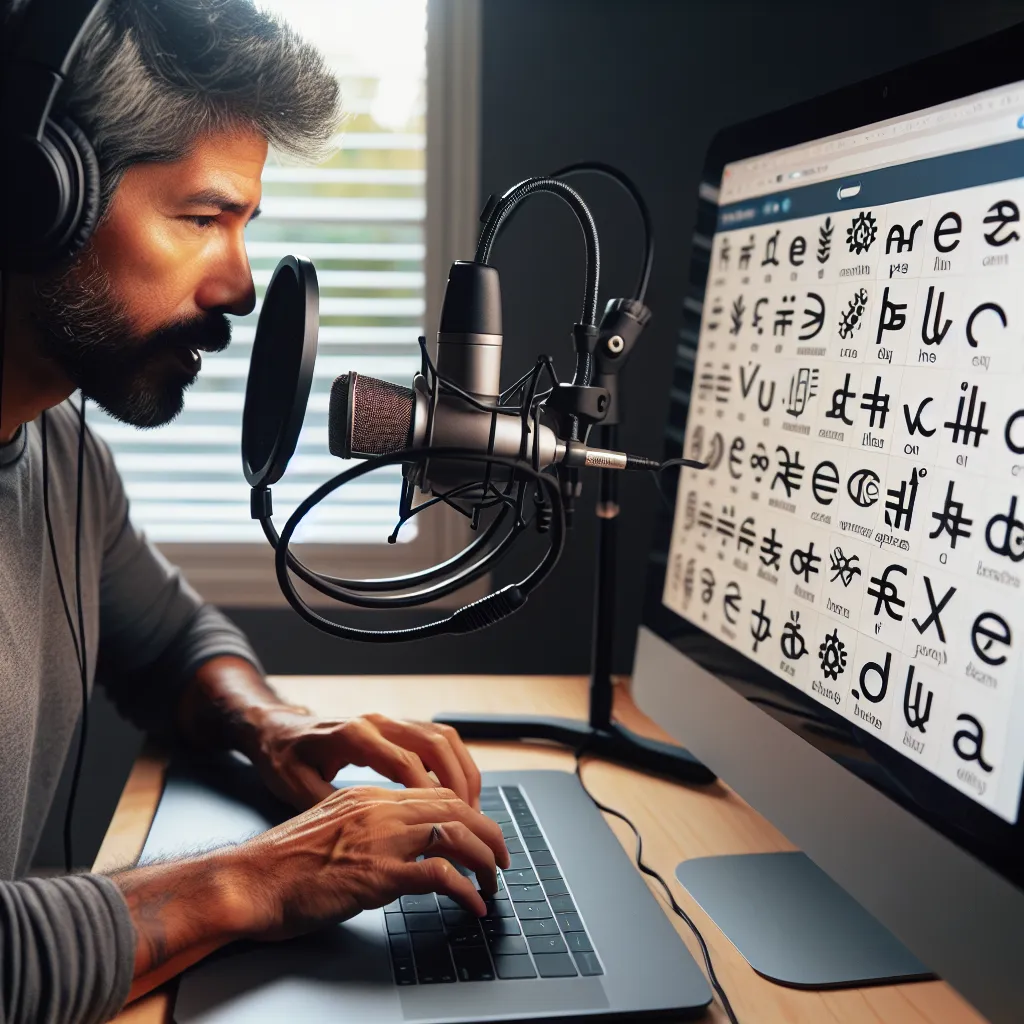Are you struggling with pronouncing certain English consonants? You’re not alone. Many language learners find it challenging to articulate some of the trickier sounds in English. This comprehensive guide will help you master the pronunciation of difficult English consonants, providing you with practical tips and techniques to improve your spoken English.
Understanding the Importance of Correct Consonant Pronunciation
Before we dive into specific strategies, it’s crucial to understand why mastering consonant pronunciation is so important. Correct pronunciation not only makes your speech more comprehensible but also helps you communicate more confidently in English. It can be the difference between being understood clearly and being misinterpreted, especially when dealing with minimal pairs (words that differ by only one sound).
 English Consonants Chart
English Consonants Chart
Common Difficult English Consonants
Let’s focus on some of the most challenging consonants for non-native speakers:
The ‘th’ Sounds
English has two ‘th’ sounds:
- Voiced ‘th’ /ð/ as in “this,” “that,” “mother”
- Voiceless ‘th’ /θ/ as in “think,” “three,” “mouth”
Many learners struggle with these sounds because they don’t exist in many other languages.
The ‘r’ Sound
The English ‘r’ /ɹ/ can be particularly challenging, especially for speakers of languages where ‘r’ is rolled or trilled.
The ‘l’ Sound
The ‘l’ /l/ sound can be difficult, particularly for speakers of languages where ‘l’ and ‘r’ are not distinguished.
The ‘w’ and ‘v’ Sounds
These sounds are often confused by speakers of languages that don’t differentiate between them.
Techniques for Mastering Difficult Consonants
1. Mirror Practice
Use a mirror to observe your mouth and tongue position when pronouncing difficult sounds. This visual feedback can help you adjust your articulation.
2. Minimal Pair Exercises
Practice with minimal pairs to train your ear and mouth to distinguish and produce similar sounds. For example:
- “think” vs. “sink”
- “van” vs. “ban”
- “light” vs. “right”
3. Tongue Twisters
Tongue twisters are excellent for practicing specific sounds. Try:
- “The thirty-three thieves thought that they thrilled the throne throughout Thursday.” (for ‘th’ sounds)
- “Red lorry, yellow lorry” (for the ‘r’ and ‘l’ sounds)
4. Shadowing Technique
Listen to native speakers and try to mimic their pronunciation in real-time. This technique helps you internalize the correct sounds and intonation patterns.
5. Phonetic Training
Learn the International Phonetic Alphabet (IPA) to understand the exact sounds you need to produce. Many dictionaries use IPA to indicate pronunciation.
 Phonetic Training Session
Phonetic Training Session
Common Pronunciation Errors and How to Fix Them
- Substituting ‘f’ or ‘s’ for ‘th’: Focus on placing your tongue between your teeth for ‘th’ sounds.
- Rolling the ‘r’: Practice keeping your tongue curved back without touching the roof of your mouth.
- Confusing ‘l’ and ‘r’: Pay attention to tongue placement – ‘l’ touches the roof of your mouth, while ‘r’ doesn’t.
- Pronouncing silent letters: Be aware of silent letters in words like “knife,” “listen,” and “hour.”
The Phonemic Chart and 10 Commonly Mispronounced Words
Understanding the phonemic chart can greatly aid your pronunciation journey. Here’s a list of 10 words that are often mispronounced, along with their correct IPA transcriptions:
- Clothes /kləʊðz/ (not /kləʊz/)
- Sixth /sɪksθ/ (not /sɪks/)
- Months /mʌnθs/ (not /mʌns/)
- Comfortable /ˈkʌmftəbl/ (not /ˈkʌmfətəbl/)
- Vegetable /ˈvedʒtəbl/ (not /ˈvedʒətəbl/)
- Wednesday /ˈwenzdeɪ/ (not /ˈwednezdeɪ/)
- Jewelry /ˈdʒuːəlri/ (not /ˈdʒuːləri/)
- Pronunciation /prəˌnʌnsiˈeɪʃn/ (not /prəˌnaʊnsiˈeɪʃn/)
- Often /ˈɒfn/ (the ‘t’ is silent)
10.館thm /ˈrɪðəm/ (not /ˈrɪθəm/)
Practice these words regularly, paying close attention to the correct sounds and stress patterns.
Conclusion
Mastering the pronunciation of difficult English consonants takes time and practice, but with consistent effort and the right techniques, you can significantly improve your spoken English. Remember to be patient with yourself and celebrate small improvements along the way. Regular practice using the methods outlined in this guide will help you become more confident and fluent in your English pronunciation.
For more tips on improving your English pronunciation, check out our articles on how to master English pronunciation in real-life situations and pronunciation tips for achieving natural English. Keep practicing, and soon you’ll notice a significant improvement in your ability to pronounce even the most challenging English consonants!




